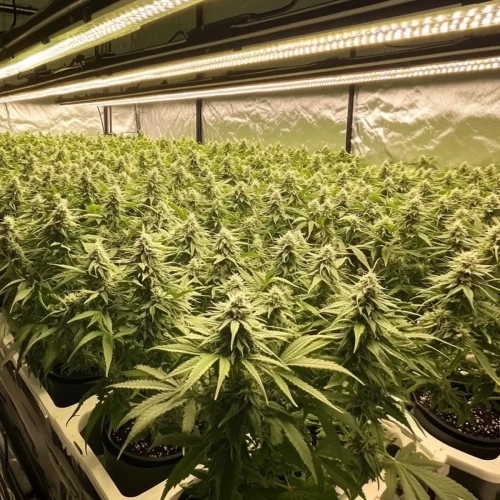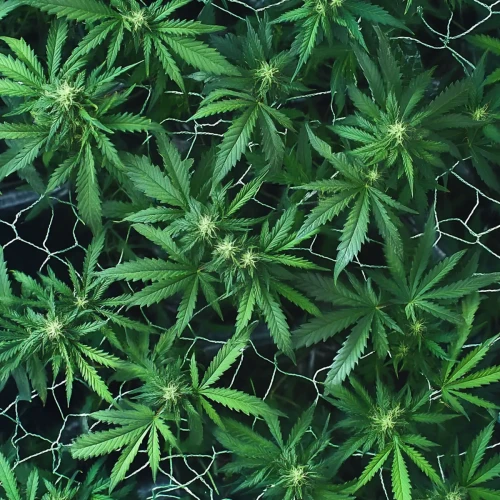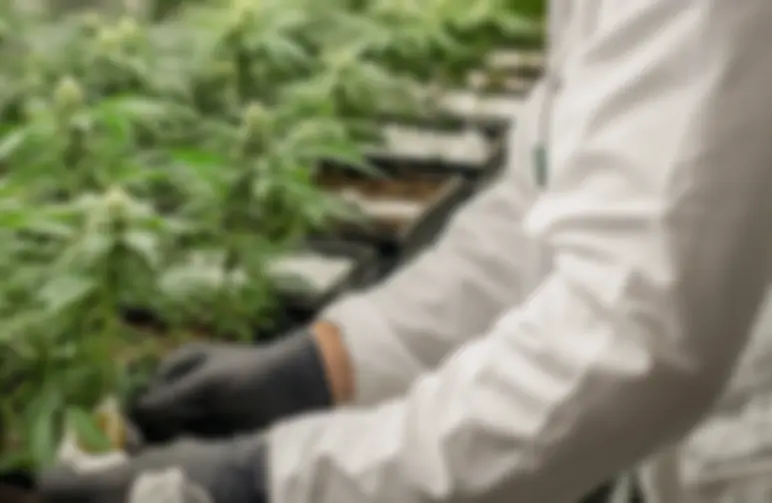WeedSeedsExpress is always looking for new ways to help you grow and keep you up to date on the latest news. Today, we're talking about an interesting study we found that looks at the yield, potency, and genetics of growing cannabis indoors with the "Screen of Green" (ScrOG) method. This in-depth study offers useful information about possible yields, THC variations, genetic differences, and common problems that come up when growing plants. It is a good read for both new and experienced growers.
A Thorough Overview of the Study
This extensive research, executed in New Zealand by a cooperative team of forensic scientists and local law enforcement, examined cannabis cultivation employing the ScrOG technique within an indoor hydroponic system. The aim was to furnish empirical data to aid law enforcement and the judiciary in precisely assessing cannabis cultivation operations, with particular emphasis on potential yields, THC potency, and genetic profiling.


How to do it
The researchers grew three different cannabis cycles over the course of a year, each with six plants. These plants were grown in a controlled indoor environment that was meant to look like a typical setup in New Zealand. There were different plant sources for each cycle:
First Cycle
Plants bought from an illegal grower, who said they were "Red Devil" clones.
Second Cycle
Clones taken from the plant that did the best in the first cycle.
Third Cycle
Plants taken from a secret police operation that was stopped.
Problems with Growing
Even though each cultivation cycle was carefully planned, they all had big and unique problems:
First Cycle
Plants unexpectedly became hermaphroditic, meaning they grew both male and female flowers. This led to early harvesting.
Second Cycle
Changes to the fertilizer additives cause nutrient burn, which hurts plant growth a lot.
Third Cycle
Spider mites infest plants, which hurts their health and yield a lot.
Results of the Yield
In spite of these problems, the study gave us useful information about cannabis yields:
- The first cycle, which had hermaphroditism, was the best and produced an average of 881 gram of dried cannabis flower per plant.
- The average yield per plant was about 687 gram over all cycles, even with some problems.
These results showed that hydroponic setups can produce a lot of cannabis and that cannabis plants can survive in less than ideal conditions.
Analysis of THC Content
A major goal of the study was to find out how strong THC was, which was very different from plant to plant and even within the same plant. Things that were seen were:
- The THC levels were very different, from 4.3% to a very high 25.2%. This shows how important plant genetics and growing conditions are.
- The highest THC level recorded (30%) was much higher than what had been reported before in New Zealand, showing that modern growing methods and selective breeding are greatly increasing potency.
Results of Genetic Profiling
The DNA analysis added to the study's results by finding genetic differences:
- Genetic profiling corroborated physical observations, distinctly differentiating "indica-like" plants (usually exhibiting lower THC content) from "sativa-like" plants (characterized by higher THC levels).
- A distinctive genetic anomaly was identified in a single plant, exhibiting a triallelic pattern, indicating genetic intricacies that may substantially influence plant characteristics.
What it means for farmers
The research offers growers practical advice, stressing the need to choose high-quality genetics, keep a close eye on growing conditions, and come up with plans to deal with common problems like pests and nutrient management.
This study greatly improves our understanding of how to grow cannabis by showing how genetic selection, cultivation methods, and careful monitoring can all affect yield and potency.





